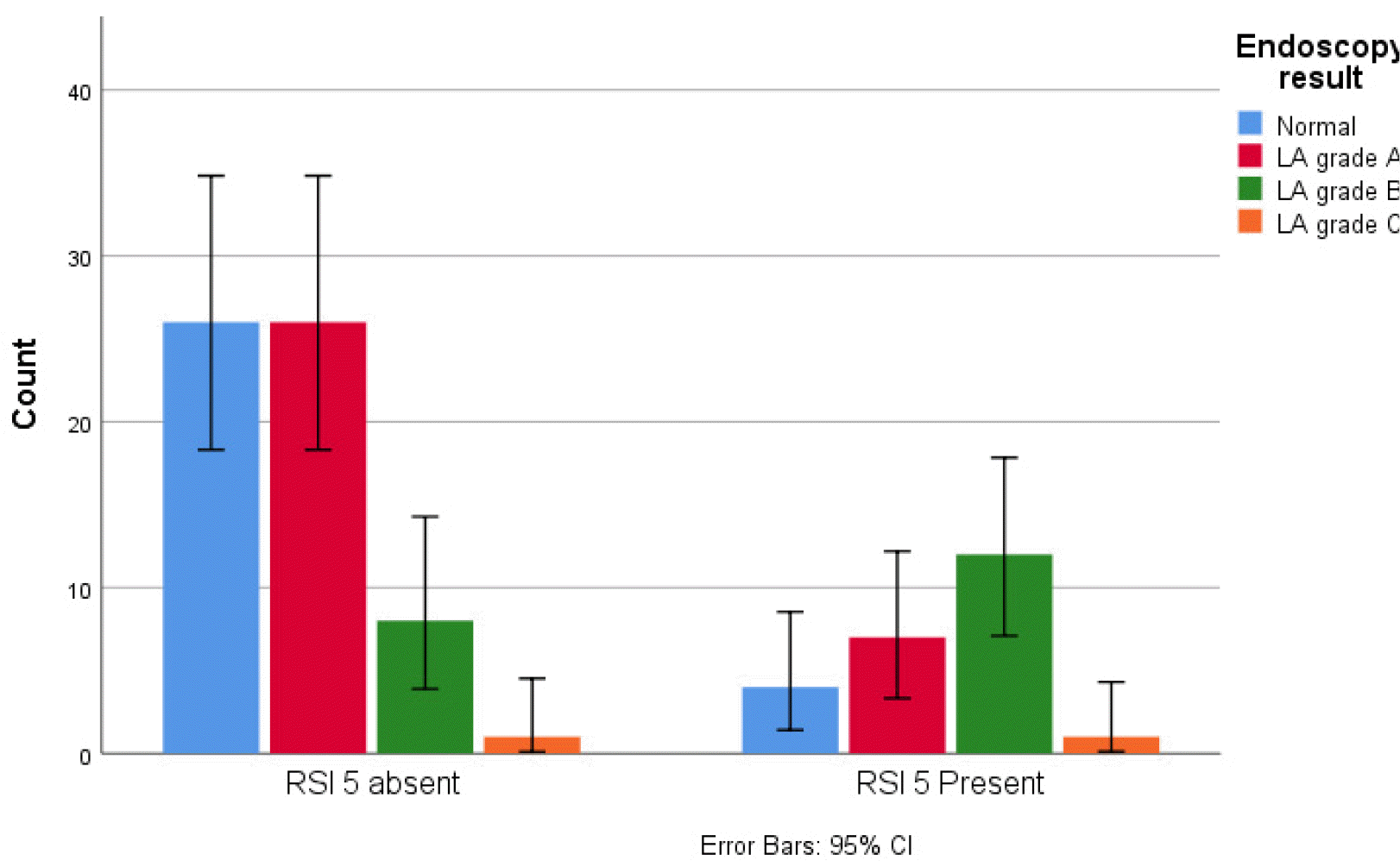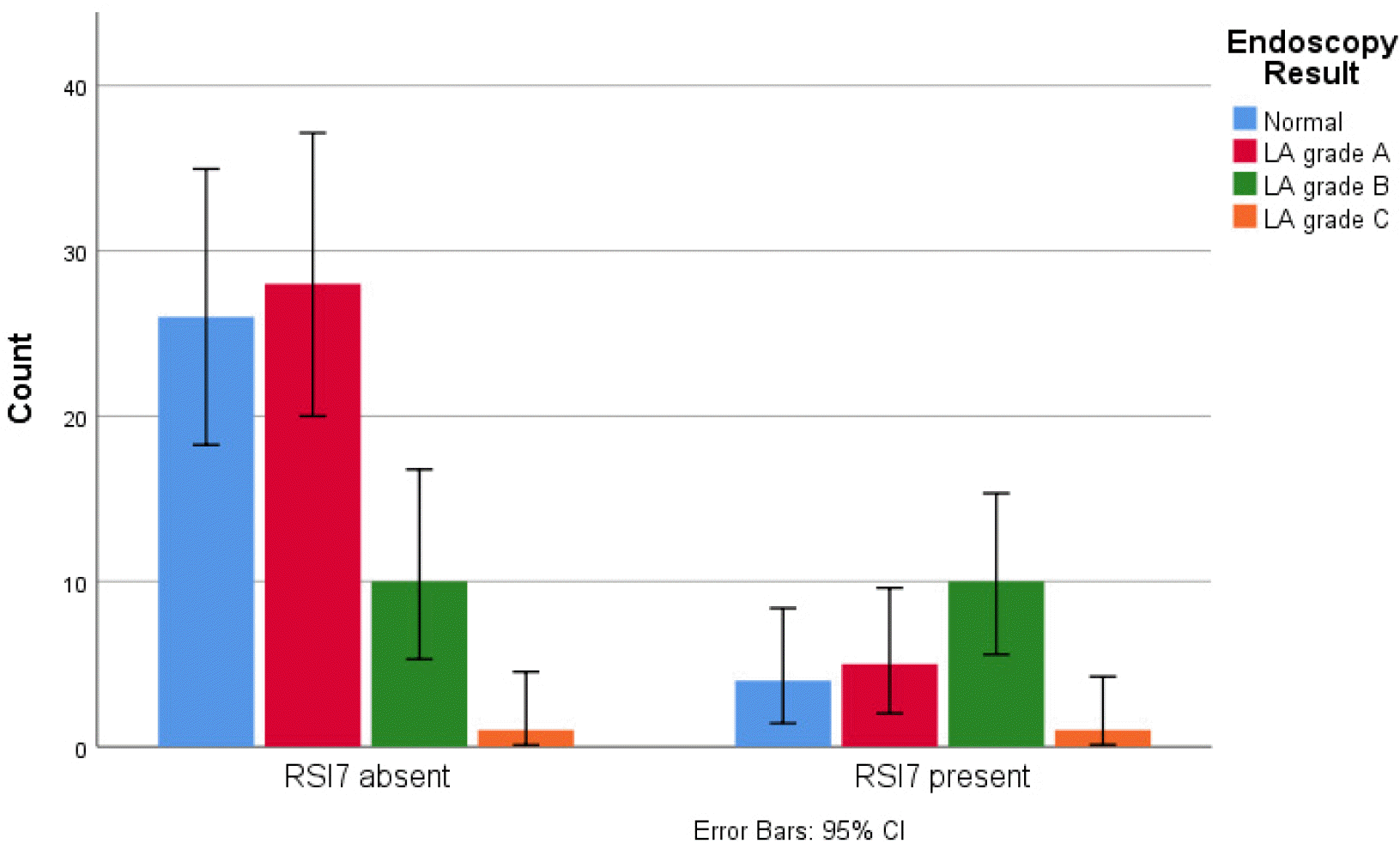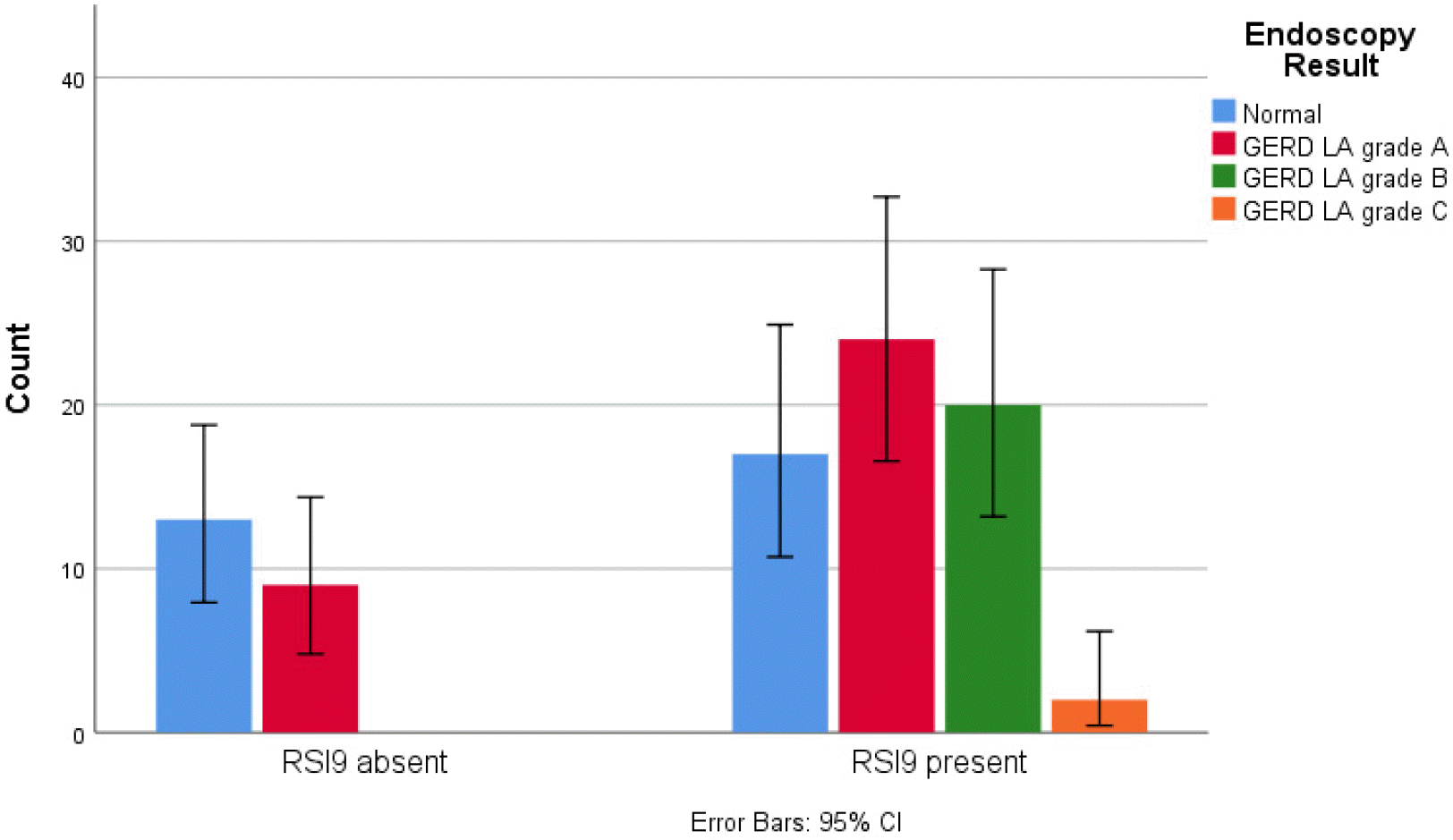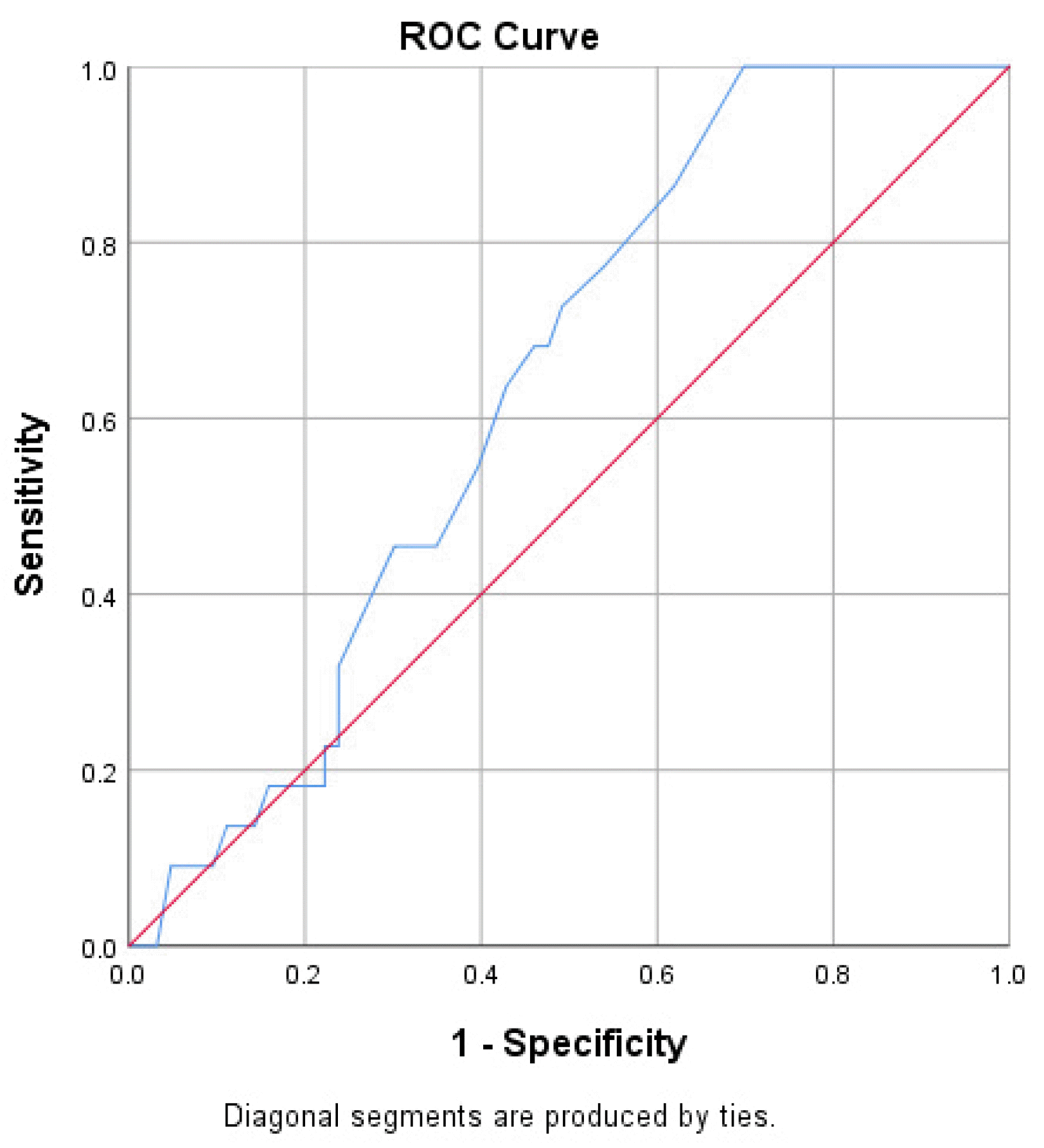1. Vakil N, van Zanten SV, Kahrilas P, Dent J, Jones R. Global Consensus Group. 2006; The Montreal definition and classification of gastroesophageal reflux disease: a global evidence-based consensus. Am J Gastroenterol. 101:1900–1920. quiz 1943DOI:
10.1111/j.1572-0241.2006.00630.x. PMID:
16928254.
2. Nirwan JS, Hasan SS, Babar ZU, Conway BR, Ghori MU. 2020; Global prevalence and risk factors of gastro-oesophageal reflux disease (GORD): Systematic review with meta-analysis. Sci Rep. 10:5814. DOI:
10.1038/s41598-020-62795-1. PMID:
32242117. PMCID:
PMC7118109.
3. Syam AF, Sobur CS, Hapsari FCP, Abdullah M, Makmun D. 2017; Prevalence and risk factors of GERD in indonesian population- An internet-based study. Advanced Science Letters. 23:6734–6738. DOI:
10.1166/asl.2017.9384.
4. Durazzo M, Lupi G, Cicerchia F, et al. 2020; Extra-esophageal presentation of gastroesophageal reflux disease: 2020 update. J Clin Med. 9:2559. DOI:
10.3390/jcm9082559. PMID:
32784573. PMCID:
PMC7465150.
5. Jaspersen D, Kulig M, Labenz J, et al. 2003; Prevalence of extra-oesophageal manifestations in gastro-oesophageal reflux disease: an analysis based on the ProGERD Study. Aliment Pharmacol Ther. 17:1515–1520. DOI:
10.1046/j.1365-2036.2003.01606.x. PMID:
12823154.
6. Belafsky PC, Postma GN, Koufman JA. 2001; The validity and reliability of the reflux finding score (RFS). Laryngoscope. 111:1313–1317. DOI:
10.1097/00005537-200108000-00001.
7. Katz PO, Dunbar KB, Schnoll-Sussman FH, Greer KB, Yadlapati R, Spechler SJ. 2022; ACG clinical guideline for the diagnosis and management of gastroesophageal reflux disease. Am J Gastroenterol. 117:27–56. DOI:
10.14309/ajg.0000000000001538. PMID:
34807007. PMCID:
PMC8754510.
9. Eckley CA, Tangerina R. 2021; Sensitivity, Specificity, and reproducibility of the Brazilian Portuguese version of the reflux symptom index. J Voice. 35:161.e15–161.e19. DOI:
10.1016/j.jvoice.2019.08.012. PMID:
31586513.
10. Calvo-Henríquez C, Ruano-Ravina A, Vaamonde P, et al. 2019; Translation and validation of the reflux symptom index to Spanish. J Voice. 33:807.e1–807.e5. DOI:
10.1016/j.jvoice.2018.04.019. PMID:
30076096.
11. Akbulut S, Aydinli FE, Kuşçu O, et al. 2020; Reliability and validity of the Turkish reflux symptom index. J Voice. 34:965.e23–965.e28. DOI:
10.1016/j.jvoice.2019.05.015. PMID:
31248727.
12. Włodarczyk E, Jetka T, Miaśkiewicz B, Skarzynski PH, Skarzynski H. 2022; Validation and reliability of Polish version of the reflux symptoms index and reflux finding score. Healthcare (Basel). 10:1411. DOI:
10.3390/healthcare10081411. PMID:
36011068. PMCID:
PMC9408310.
13. Acquadro C, Conway K, Christelle G, Mear I. 2012. Linguistic validation manual for health outcome assessments. Mapi Institute;Downey, CA:
14. Lundell LR, Dent J, Bennett JR, et al. 1999; Endoscopic assessment of oesophagitis: clinical and functional correlates and further validation of the Los Angeles classification. Gut. 45:172–180. DOI:
10.1136/gut.45.2.172. PMID:
10403727. PMCID:
PMC1727604.
16. George D, Mallery P. 2003. SPSS for windows step by step: A simple guide and reference. 11.0 update. 4th ed. Allyn & Bacon;Boston:
17. Cho E, Kim S. 2015; Cronbach's coefficient alpha: Well known but poorly understood. Organizational Research Methods. 18:207–230. DOI:
10.1177/1094428114555994.
18. Na'im A SH. 2010. The 2010 Census of the Indonesian Population: Citizenship, Ethnicity, Religion, and Daily Language. Badan Pusat Statistik;Jakarta:
19. Lai YC, Wang PC, Lin JC. 2008; Laryngopharyngeal reflux in patients with reflux esophagitis. World J Gastroenterol. 14:4523–4528. DOI:
10.3748/wjg.14.4523. PMID:
18680233. PMCID:
PMC2731280.
20. Smit CF, van Leeuwen JA, Mathus-Vliegen LM, et al. 2000; Gastropharyngeal and gastroesophageal reflux in globus and hoarseness. Arch Otolaryngol Head Neck Surg. 126:827–830. DOI:
10.1001/archotol.126.7.827. PMID:
10888993.
21. Sadiku E, Hasani E, Këlliçi I, et al. 2021; Extra-esophageal symptoms in individuals with and without erosive esophagitis: a case-control study in Albania. BMC Gastroenterol. 21:76. DOI:
10.1186/s12876-021-01658-z. PMID:
33593300. PMCID:
PMC7885502.
22. Lei WY, Yu HC, Wen SH, et al. 2015; Predictive factors of silent reflux in subjects with erosive esophagitis. Dig Liver Dis. 47:24–29. DOI:
10.1016/j.dld.2014.09.017. PMID:
25308612.







 PDF
PDF Citation
Citation Print
Print




 XML Download
XML Download